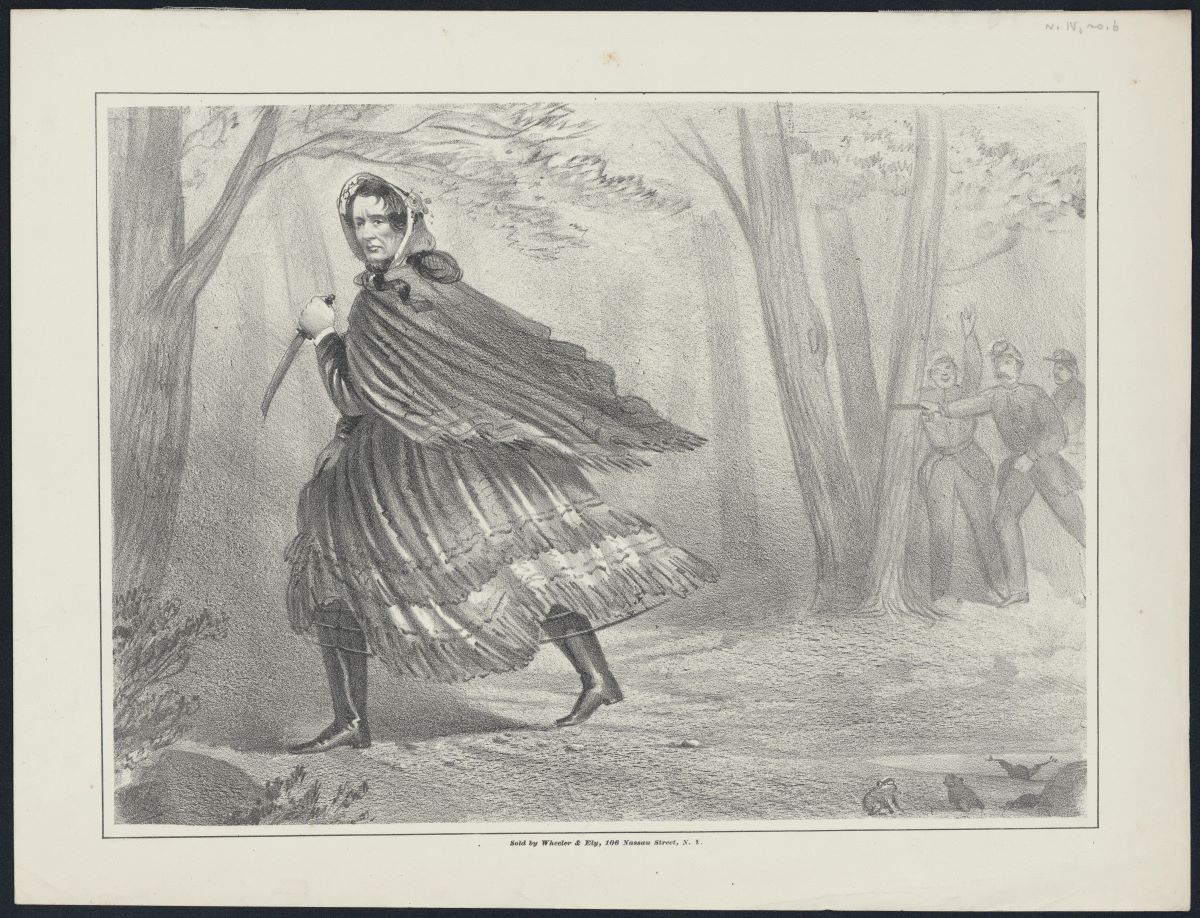On June 30, 2010, 14 boxes containing a treasure trove of more than 5000 personal letters, notes, and photographs from the Roosevelt administration and his family arrived at the Franklin D. Roosevelt Library in Hyde Park, New York. The material—the personal archives of Grace Tully, Roosevelt’s last private secretary, who served him for 17 years—caused a stir among historians, who believe it may provide a hitherto unknown glimpse into the Roosevelt years.
“There’s no one who has a closer, more intimate relationship with a president than his personal secretary,” says historian Douglas Brinkley, coauthor of FDR and the Creation of the U.N. “Tully was present for all the big moments of his presidency.”
In her 1948 memoir, Tully recalled FDR summoning her to the White House just four hours after the Pearl Harbor bombing: “Once more, he inhaled deeply, then he began in the same calm tone in which he dictated his mail. Only his diction was a little different as he spoke each word incisively and slowly, carefully specifying each punctuation mark and paragraph. ‘Yesterday comma December 7 comma 1941 dash a day which will live in infamy dash . . .’”

